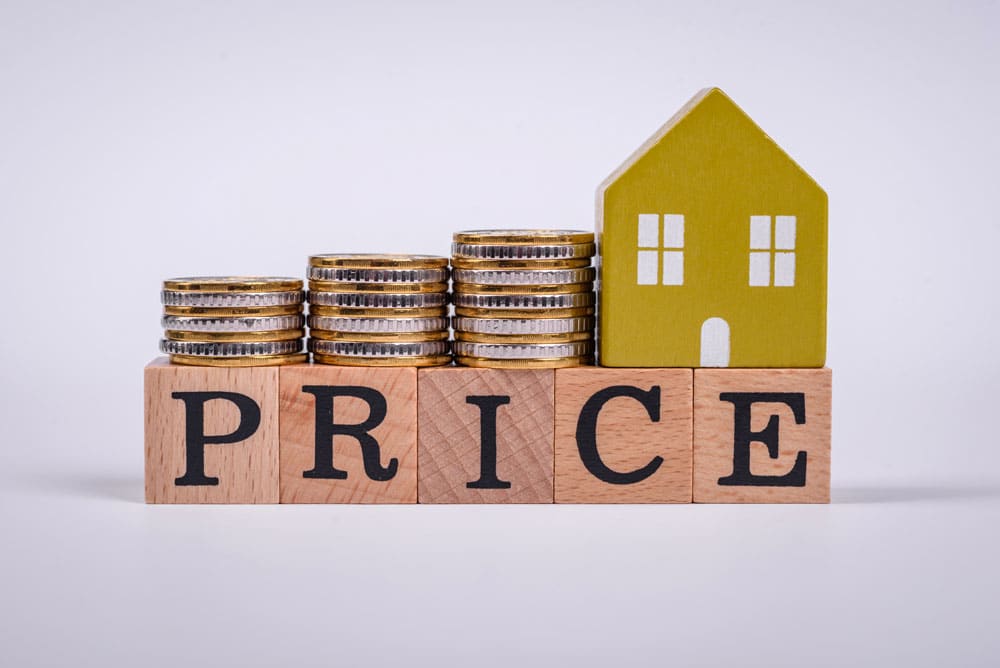In the world of villa rentals and short‑term property management, many owners still cling to a “set‑and‑forget” pricing model: pick a nightly rate at the start of the season and leave it unchanged. But that’s a costly mistake. In a highly dynamic and competitive market such as Phuket (or Koh Samui), rates must evolve in real time. Done correctly, dynamic pricing unlocks more revenue, better occupancy, and more predictable cash flow.
What Is Dynamic Pricing?
Dynamic pricing (sometimes called demand-based pricing or revenue management) is the practice of adjusting your nightly rates automatically or semi-automatically in response to market factors. It means your price is not fixed, but changes based on supply and demand, booking pace, competitor rates, events, and more.
The goal: find the optimal balance between nightly rate and occupancy to maximize your total revenue (not just “highest rate”). In times of high demand, you raise prices; in slow periods, you lower them modestly to attract bookings.
In contrast, static pricing (or “set‑and‑forget”) keeps your rate more or less constant over long periods. That leaves money on the table during peak demand, and leads to empty nights during low demand.

Why “Set-It-and-Forget-It” Fails (Especially in Phuket / Thailand Markets)
a) Demand is not constant — it fluctuates wildly
Tourism is seasonal, and demand curves shift with festivals, local events, school holidays, flight availability, weather changes, and more. A static price cannot adapt to those daily ups and downs.
b) Competitor rates change constantly
Your neighbouring villas and hotels will react to demand. If they drop or raise their rates, your fixed rate may quickly become non‑competitive (too high or too low). Dynamic pricing monitors and reacts to competitor pricing.
c) Booking pace matters
If your calendar is filling quickly for a given date, you might be able to raise the rate further; if bookings are slow, you need discounts to stimulate demand. Static pricing ignores that nuance.
d) Last‑minute opportunities
Last‑minute demand (e.g. travellers checking availability just days ahead) is valuable. A static rate may be too high to capture those guests, or too low to optimize for higher‑paying ones.
e) Loss of revenue in peaks & depressed occupancy in troughs
During high demand, a static price caps your revenue. In the low season, you may struggle with empty nights. Dynamic pricing smooths this curve, maximizing revenue across all seasons.
f) Market conditions evolve
External factors (fuel costs, currency fluctuations, tourism policies, global trends) shift. A fixed rate ignores those shifts and becomes outdated.
What Should Feed Into Your Pricing Engine?
To succeed with dynamic pricing, you need more than just a fancy algorithm—you need reliable data inputs and contextual awareness.
| Factor | Why It Matters |
|---|---|
| Seasonality & trends | Phuket’s high and low seasons drastically impact booking demand |
| Competitor pricing | Stay competitive in real time with nearby villas |
| Booking pace | Adjust based on how quickly or slowly dates are filling |
| Events & holidays | Capitalize on local demand surges |
| Length of stay | Offer discounts for longer stays or incentives for gaps |
| Day of the week | Price weekends differently from weekdays |
| Villa amenities & reviews | Higher quality and reviews justify higher rates |
| Rate floor/ceiling | Prevent over-discounting or price spikes |
How to Implement Dynamic Pricing
- Analyse past data – Review previous rates, bookings, and patterns.
- Set rules – Define minimums, maximums, weekend surcharges, and last-minute strategies.
- Use tools – Consider platforms like PriceLabs, Wheelhouse, or your PMS’s built-in system.
- Stay involved – Don’t rely 100% on automation. Monitor regularly and adjust manually if needed.
- Educate owners – If you’re a manager, explain that changing prices frequently is healthy, not risky.
Common Pitfalls to Avoid
- Setting pricing too low – It may fill nights but hurt your bottom line.
- Overpricing in shoulder season – Leads to vacancy when others are adjusting downward.
- Forgetting local events – Missed opportunity during demand surges.
- No reviews or slow response times – Even good pricing won’t help if guest experience lags.
- Not testing & reviewing – Pricing should be reviewed monthly and adjusted as needed.
Why Dynamic Pricing Benefits Your Villa Portfolio
When used properly, dynamic pricing isn’t just about charging more—it’s about charging smart. You fill more nights, attract better guests, and create a consistent revenue stream year-round. This is especially valuable in competitive markets like Phuket and Koh Samui, where guest expectations are high and the booking landscape changes quickly.
If you’re not already using dynamic pricing as part of your rental strategy, it’s time to adapt. At Inter Property Phuket, we help owners navigate pricing, marketing, maintenance, and more—so they can relax and enjoy true passive income. Learn more about our property management services here.



